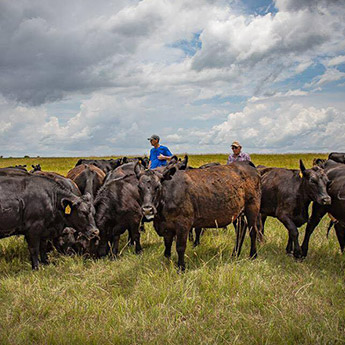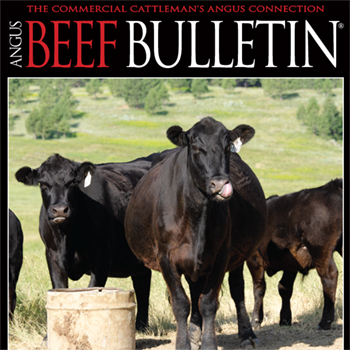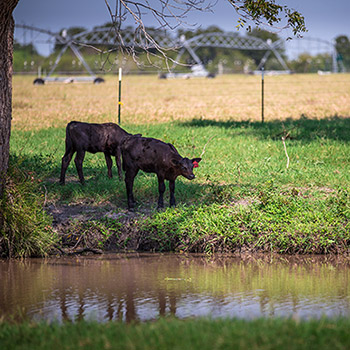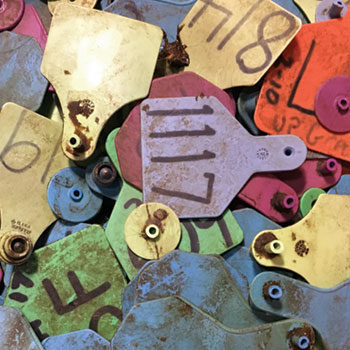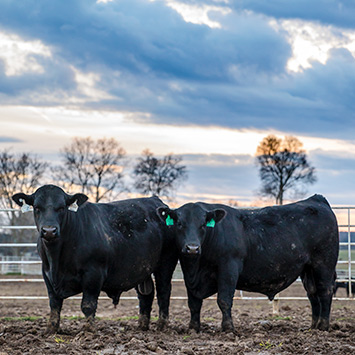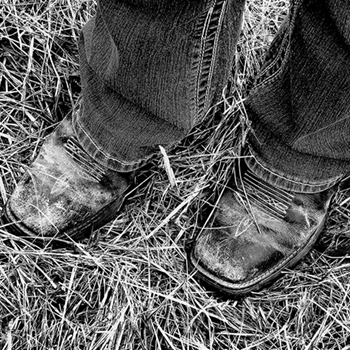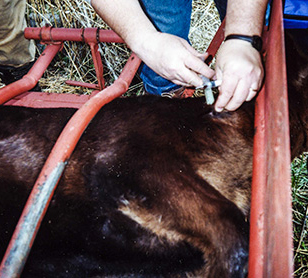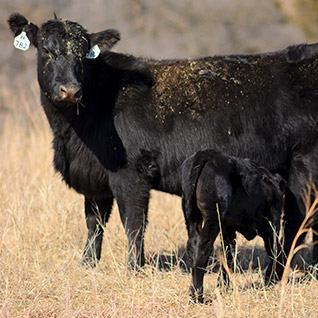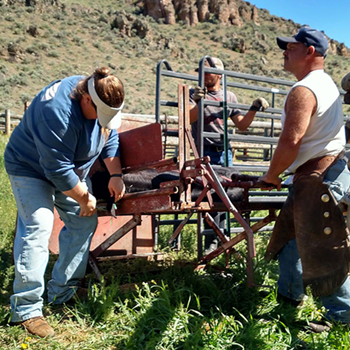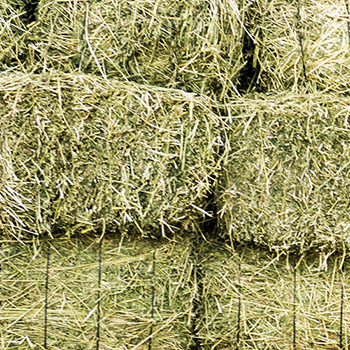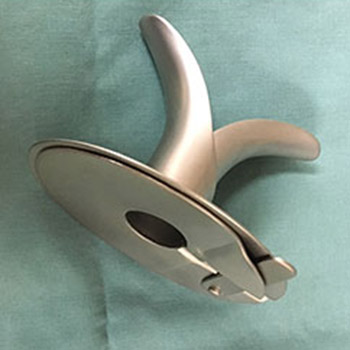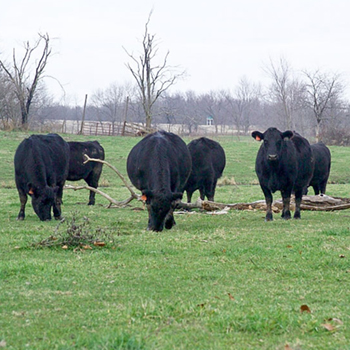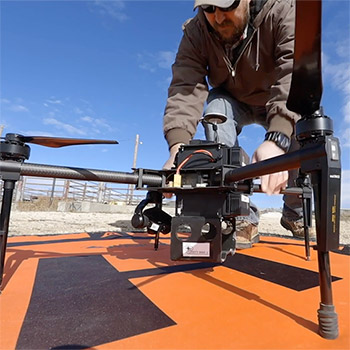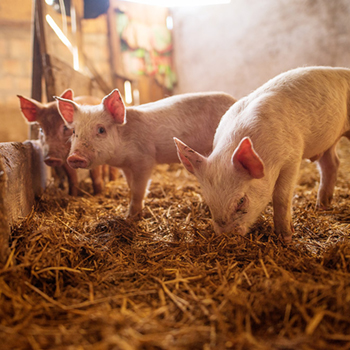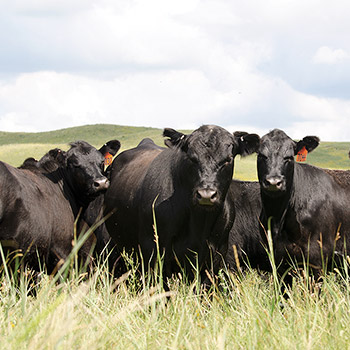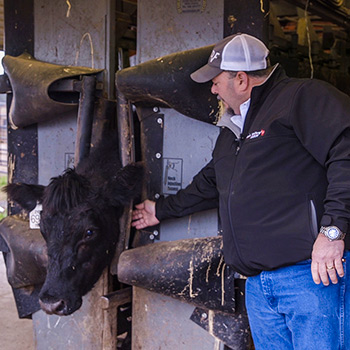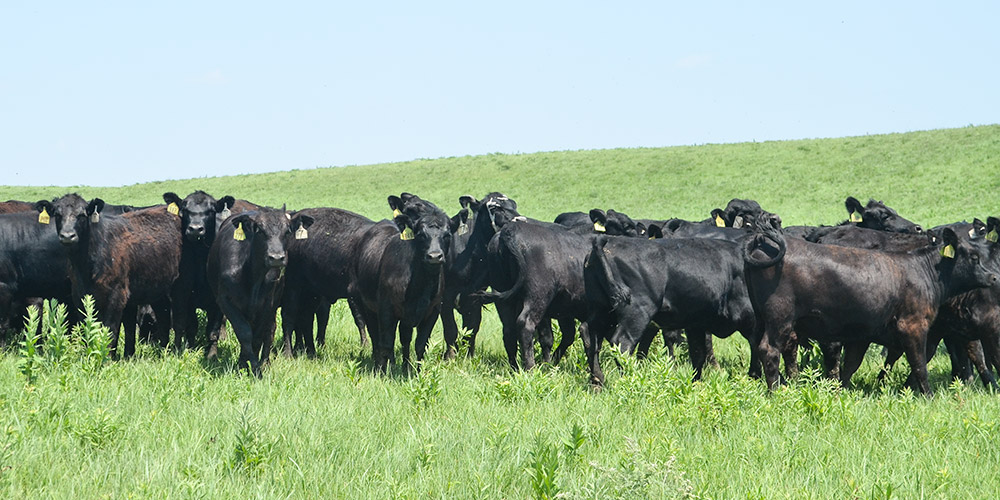
Sharing Success in Managing BRD
A veterinarian, a stocker and a feedlot manager share their unique perspectives about what works in managing BRD.
Involved with cattle since he was a boy, Tanner Stucky says he keeps an open mind in this business because there’s always more to learn. “Everyone you meet can usually teach you something different,” said Stucky, yard manager at Tiffany Cattle Co., near Herington, Kan.
To help expand successful management practices, three longtime industry professionals offer their perspectives on managing bovine respiratory disease (BRD) — what works, what helps it work better, what makes the difference in their corner of the beef cattle business and how they pull it all together.
Though each man has a different specialty in the industry, there is one thing with which they all have experience — keeping cattle healthy.
Communication
For this veterinarian, the key is communication. David Bechtol, owner of Palo Duro Consulting, Research & Feedlot, Canyon, Texas, cites talking through all the issues with a producer as the biggest key to managing BRD. “We may switch to a different product at different times of the year or for different types of cattle. That’s where communication comes in.”
Read more from Bechtol here.
The power of protocols at the feedlot
Diligent adherence to protocols has helped avoid some big wrecks and recurring problems at the feedlot, said Stucky. Sure, problems arise here and there with such a large number of animals, but the biggest difference for making improvements comes from discipline in setting protocols.
“In my experience, you’ve got to stick to protocols you’ve set for at least six months, and then you need to review them,” Stucky said.
Read more from Stucky here.
Crunching the numbers in stocker country
“We are aggressive to find data and evaluate data. BRD health challenges are unfortunately getting worse. It’s important to be in tune to what’s going on,” said Bill Gallery, co-owner at Gallery Ranch near Dewey, Okla.
Data and research inform the way Gallery Ranch operates. Gallery said they keep records going back to the 1980s that help them make strategic management decisions.
“You can’t evaluate anything on just a gut feeling,” he said. “With records, we can see the success rates on certain products.”
Read more from Gallery here.
Editor’s note: This release is from Zoetis. Photo by Kasey Brown.
